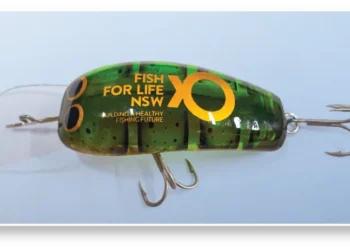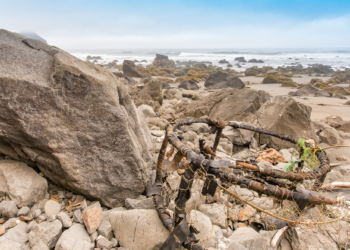THE Professional Fishermen’s Association (PFA) has mounted a Facebook campaign aimed at encouraging seafood consumers to support their local NSW fishermen. It poses the question “Why buy local?” and then provides some answers: local is fresh, local is sustainable, local creates employment, and then encourages readers to “taste the local in your seafood.”
It’s not really a new pitch but again raises some fundamental questions, firstly about the types of seafood that Australians choose to consume and, secondly about what drives their choices.
Taste, quality and price were for a long time the primary determinants of what sold best, but in the last few years a fair chunk of the fish-buying public has become aware that all fish are not equal, that is that some are harvested or grown sustainably and some aren’t.
Groups such as the Marine Stewardship Council (founded jointly by the World Wildlife Fund and the Unilever corporation) can take initial credit for educating the public about sustainable fishing methods and product. Major food retailers have joined in on this and recently there have been mainstream TV programs devoted to sustainable seafood and accurate labelling.
But we still export 80 per cent of the seafood we harvest and import 70 per cent of what we consume. Why? Because despite our self-image as a nation of seafood lovers, other than at Christmas and Easter average Aussies don’t buy a lot of seafood by world standards, and if they do they don’t want to pay the prices that a lot of our top end product commands on international markets.
So it’s the old global economy at work. We can buy perfectly tasty fish from New Zealand, Vietnam, Indonesia and Africa at a much lower price than we are asked to pay for our local product. At the average fresh fish market, fillets of farmed Nile perch sell for about a third the price of local wild caught or farmed barra, and when cooked are pretty well indistinguishable. Take away fish shops sell plenty of battered blue grenadier, and that might be from New Zealand rather than locally caught, as might be the snapper fillet alternative.
Does it really matter?
Well, it does to the fishermen themselves who want to preserve their jobs and lifestyles. But to the rest of Australia, it might be a bit like the Holden / Ford dilemma: we like the idea of a local car industry and the jobs it provides, but we’ve taken to buying imported cars in preference if we like their quality or price or appearance better. And how many local reel manufacturers are left here? Or sport shoe makers? Shimano and Nike rule these days.
So while wishing the PFA luck with its latest campaign, I’m not hugely optimistic on its behalf. “Fresh” in the era of jet transport takes on a whole new meaning, when in transport time terms South East Asia is as close to Sydney as Yamba. And “sustainable” production is now virtually an export requirement for seafood eaten here.
But of course if you want guaranteed fresh, sustainable local fish to eat, become a recreational fisher!
John Newbery is Fishing World magazine’s environment editor.

















